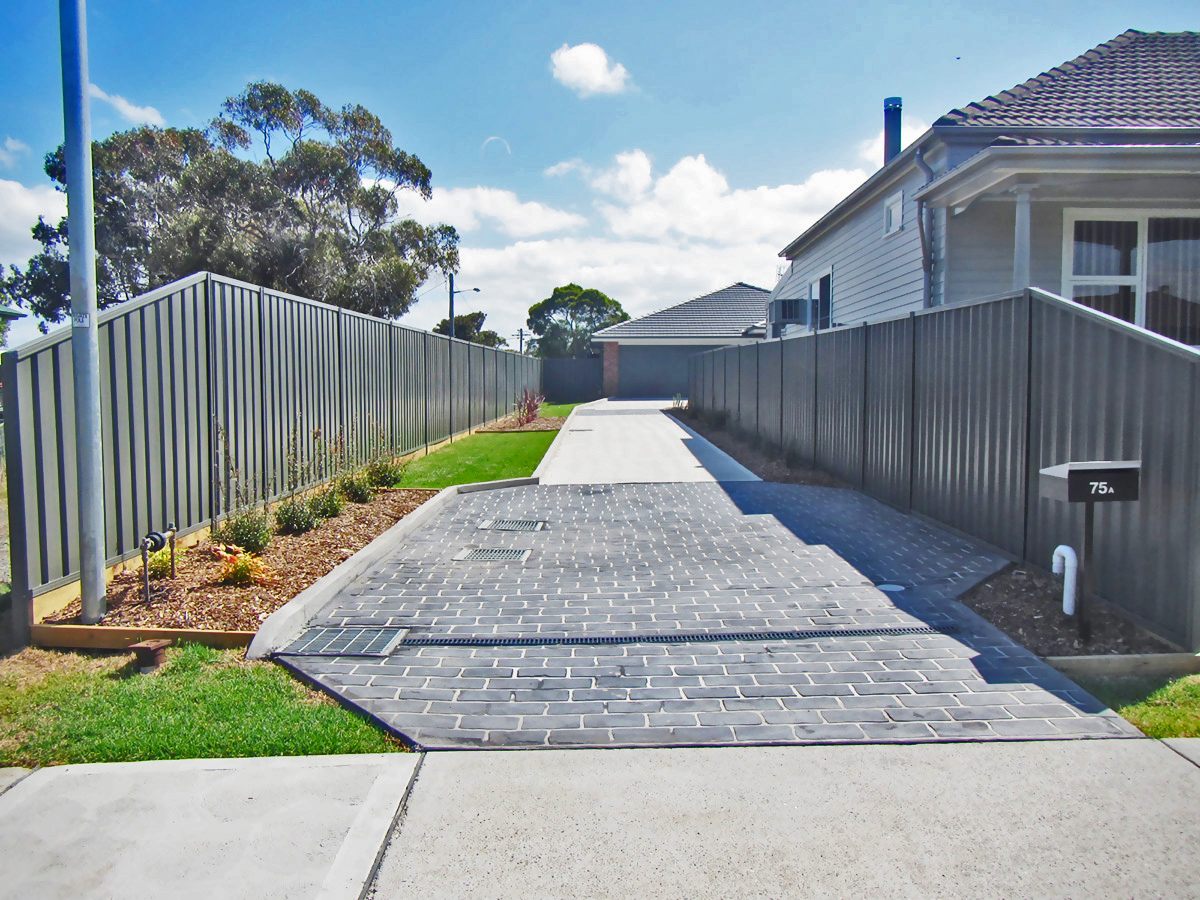DUAL OCCUPANCY: OPENING THE DOOR TO INVESTMENT
When you picture a property developer, you probably envisage an individual of significant means. However, diving into the world of property investment is more attainable than you might think.
The economic advantage
One of the most economical types of property development is dual occupancy and there are a number of reasons why. Firstly, with dual occupancy you have the option of building on the land you already own. Provided your local council regulations allow it (see point 2 below) and your block is big enough, you could sub divide your property and build another completely separate home on the block.
Then, depending on your lifestyle choice, you could: rent out the new home; upgrade by moving into the new place yourself and rent out your old house: or, you could sell one of the houses and put the profits away for the future.
Dual occupancy is also a great option if you love where you live, but the maintenance on your old home is untenable as you approach retirement. By knocking down your old home and choosing to build a dual occupancy property, you’ll be able to afford to live in a brand new home with the profit from the sale of, or rent from the lease of, the other home. Which brings us to economic advantage number two.
Two for the price of one
Secondly, if you’ve bought a block of land, it makes economic sense to consider building a brand new dual occupancy such as a duplex. Compared to one large home, a duplex is an affordable way to practically get two homes for the price of one. Again, you’ve got several options in terms of opting to rent or sell – the choice is yours!
Whether you’re considering a knock down rebuild, or you’ve bought a vacant block, don’t be put off by its size when it comes to building a dual occupancy dwelling, including a duplex. A reputable builder such as Valley Homes has lots of different home and duplex designs to choose from, whether you’ve got a narrow block, a corner block, or one with a slope. For example, when it comes to duplexes, if you’ve got a very wide street frontage, a design like the Myall makes use of the space and maximises privacy with the only shared wall being between the garages.

Or if you’re after a double storey home, the Baybreeze creates ample space for a family with living areas on the ground floor and bedrooms upstairs. These are just two of the duplex designs Valley Homes offers.
Plus, you can always choose a custom design for your dual occupancy so you can build homes that include all the features you desire.
Tax incentives
The tax benefits of dual occupancy depend on whether you sell the second home or rent it out.
Sellers: By building a new home on your existing land, moving into it and selling your old home, you’ll avoid capital gains tax and GST. The ATO is a great resource for finding out more on this option.
Renting: Choosing to become a landlord and renting out the second home also brings tax incentives by way of negative gearing. In a nutshell, negative gearing is when the return on an asset that produces income, such as a new home, is less than the amount borrowed to invest. Again, if you’re new to all this, start with the ATO for the basics on the tax perks and implications of having a residential investment property.
Where to start?
If you think dual occupancy might be a viable option for your property investment strategy, it’s important to get some things in place before you begin.
1. Money matters
Talk to your lender about finance. It helps to have any necessary preapprovals in place before you begin considering the options.
2. The red tape
Like any property development, dual occupancy is bound by certain rules and regulations. As mentioned above, you need to consider the council requirements (building in Newcastle? Check out the local government checklist), any formal agreements on your land that might prevent dual occupancy, and if you’re building on a block you already own, find out if it meets the size specifics in terms of frontage, services and slope.
3. Disaster fund
If your block is in a bushfire or flood zone, it will increase the cost of building – make sure you factor for this in your budget.
4. The three Rs: research, research, research
There’s no point building a dual occupancy dwelling if you’re not going to be able to cover your costs through the sale or rent of the second home. Real estate agents are your best friends when it comes to researching sales and rental prices in your area. Then, once you have a good idea of the likely return, make sure it’s enough to cover your build and any ongoing expenses.
Property investment doesn’t have to be a daunting prospect; the answer could be in your own backyard! Talk to Valley Homes today about dual occupancy and see how it’s a wonderfully affordable way to get your foot in the investment door!



